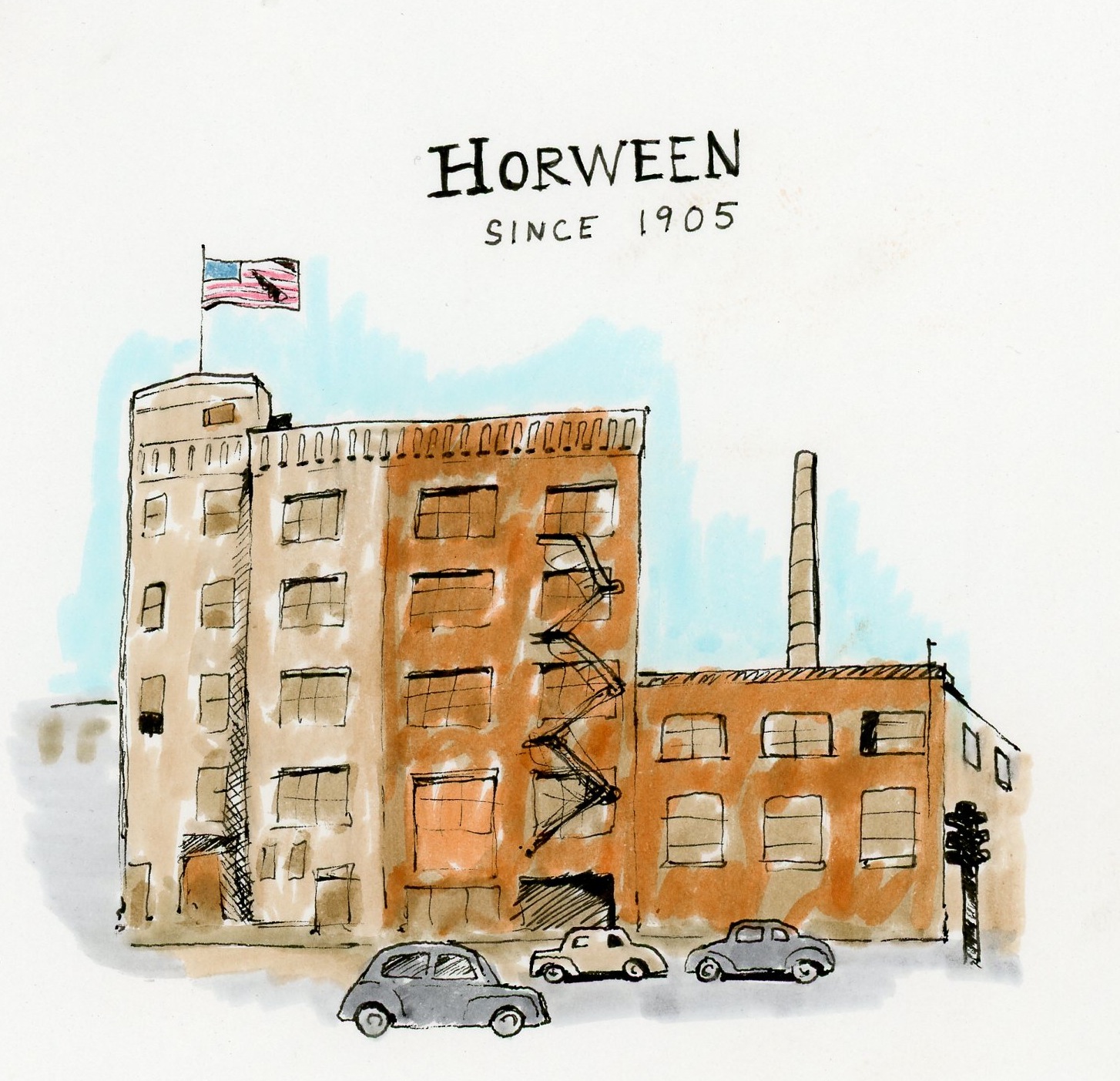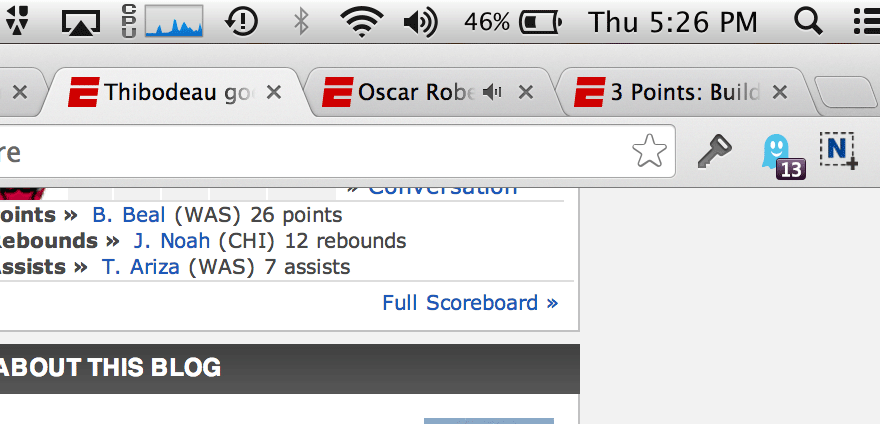A few weeks ago, Jamis Buck, a programmer who had been with us for nine years, asked to meet with me and David. We grabbed a conference room, and I immediately felt something heavy in the air. Jamis told us it was time for him to move on. He’d had an incredible run, but recently he’d felt stuck. He wasn’t sure yet what he would do next – which terrified him – but he had to follow his heart.
Naturally, it was hard to hear. We love Jamis. Everyone who’s ever met Jamis loves Jamis. The guy is a model of honesty, hard work, and humility. But we knew deep down it was time. As he poured his heart out to explain, we offered no resistance, only support.
Now that Jamis has moved on and time has pushed some emotions out of the way, I’ve been thinking about his legacy here at Basecamp. On the one hand, losing Jamis means we’ve lost a cultural touchstone. Maybe you’ve had a similar experience: A key team member takes with her a piece of the company’s soul. But the situation also presents an opportunity to make sure that the person’s values stay with the company, so I sat down and tried to identify the principles of Jamis’s success. I’m not sure yet how we’ll formalize some of these things, but just reflecting on his impact will, I’m sure, help carry it forward. So here it is, the Jamis Doctrine…
Respect the Work
Jamis wrote code that was concise, clear, and thoughtful. He coded the way a great writer writes prose, which is to say he did it lovingly and invested himself in the work. Because Jamis was the second person ever to touch the Basecamp code base, his example is all over the place, and every programmer gets to learn from it. I hope his example will resonate with people in other departments, too. It’s never enough just to get the work done.
Take Time to Teach
Jamis always did. Whether that meant helping another programmer or showing someone in customer service how something worked, he was always available and eager to explain. When people wrote up their goodbyes to Jamis, many of them mentioned things he’d taught them. What a great example to follow—it’s the kind of thing that turns co-workers into a team.
Stay Hungry
Jamis took on an interesting new hobby every year. One year, he learned to make bow ties (and made some for all of us). Another year, he mastered the art of marshmallow making, and another he learned to draw (and started hand-illustrating his presentations). This past year, he decided to write 1,000 words a day. Jamis’s deep curiosity – and willingness to share it – was one of the reasons we instituted a continuing-education benefit years ago. I hope we can continue to help everyone at Basecamp pursue personal interests, because an intellectually satisfied employee is a happy one.
Do the Right Thing, Not the Easy Thing
Jamis always put what was correct before what was convenient. In nine years, I can’t remember talking to him and not feeling as if he gave me a straight answer. There’s a difference between aiming to please and aiming to please properly, and he did the latter. In many ways, it was that quality that inspired me most, and it’s especially important for me, as the boss, to embrace it.
Spread Sweetness
A box arrived today at work. In it was a short story that starred two characters named Basil and Fabian. Over the years, Jamis had written a series of weird little tales that starred these two. This time, Basil and Fabian were talking about marshmallows. There was a personal note from Jamis in the box, and nestled below that was a bag of his chocolate-covered coconut marshmallows. I ate one – OK, two – and smiled. I think everyone at the office did.
(Note: this article was originally published on Inc.com)





